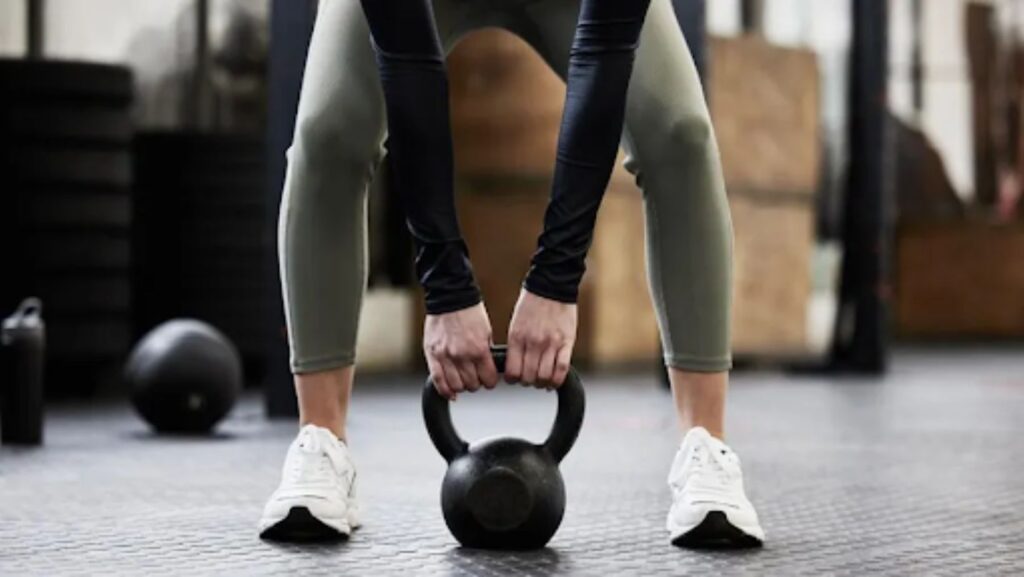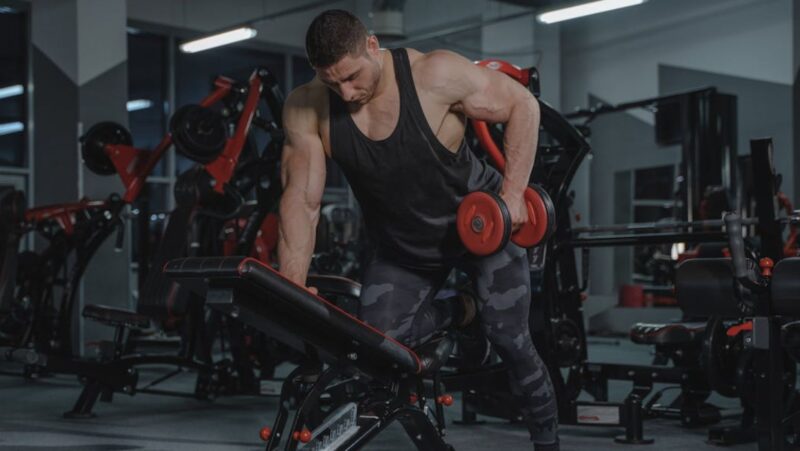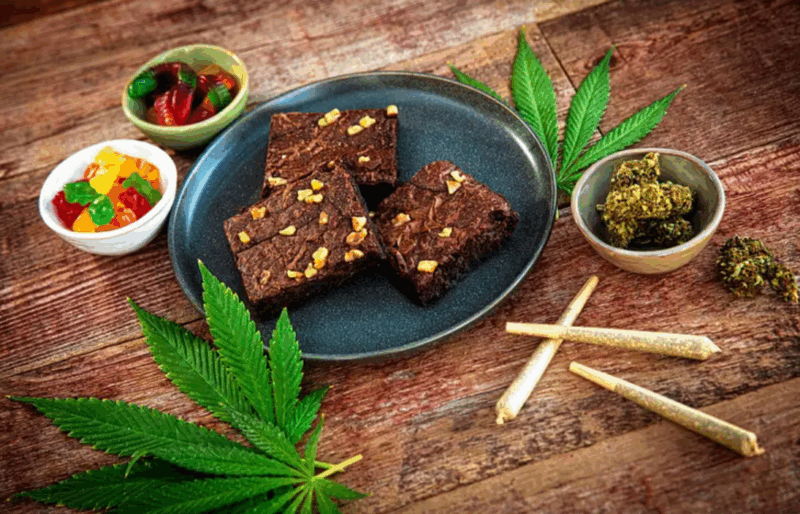
Cardio workouts are crucial to any weight loss and weight maintenance program. They accelerate calorie and fat burning, strengthen the cardiovascular system, and improve overall endurance. Cardio exercises are incredibly diverse, ranging from dull and monotonous to engaging. This article will explore 5 of the best fat-burning exercises that will keep you engaged. Many athletes engage in sports betting and earn money from their sports knowledge. If you are looking for a reliable bookmaker, visit the Melbet PH website. This reputable company offers a wide range of sports, as well as pleasant bonuses and promotions.
Running
Running activates all major muscle groups and involves the cardiovascular and respiratory systems. A 30-minute run at a moderate pace (6 miles/hour) can help burn around 350 calories.
Benefits of running:
- Accessibility. No special equipment or conditions are required for training.
- High efficiency. It is one of the most energy-consuming forms of cardio.
- Immune system strengthening. Runners are less likely to catch colds.
- Stress reduction and mood improvement due to the release of “happiness hormones” during runs.
Beginners are better off starting with short distances (1-2 km) and alternating between running and walking. Gradually, the intensity can be increased. Experienced runners should supplement continuous running with interval sprints to enhance endurance.
Approximate calorie burn in 30 minutes, depending on weight:
- 55 kg – 180 calories.
- 65 kg – 230 calories.
- 75 kg – 280 calories.
High-Intensity Interval Training (HIIT)
High-Intensity Interval Training, or HIIT, is one of the most popular methods of fat-burning workouts. It involves alternating periods of maximum exertion with recovery intervals.
HIIT engages both aerobic and anaerobic energy systems, ensuring maximum calorie and fat burning and a high training effect.
Benefits of HIIT:
- Maximum energy expenditure per unit of time.
- Maintenance of a high metabolic rate after the workout.
- Development of explosive power and improvement of speed-strength qualities.
- Character toughening, mental endurance.
HIIT is versatile and can be supplemented with various components. To avoid overloading, it is recommended to train in this mode no more than 2-3 times a week. For beginners, it’s best to start with simple 10-15-minute routines.
Stationary Bikes
Cycling workouts are a safe, low-impact option suitable for people of various fitness levels. Significant calorie expenditure can be achieved depending on the intensity and duration of the ride.
A 30-minute ride at a moderate intensity can burn about 450 calories. A high-intensity workout on a stationary bike can “burn” up to 800 calories per hour for a person weighing 75 kg.
The following factors favor stationary bikes:
- They have a gentle effect on the musculoskeletal system.
- They engage large muscle groups: legs, glutes, and back.
- They strengthen the cardiovascular system.
- They improve posture and endurance.
- They are available year-round (indoors or at home).
Modern stationary bikes offer various resistance adjustment options, simulating inclines, and load adjustments. For variety, both horizontal and vertical ergometers can be used.
Jump Rope Exercises
Regular intense jumping can burn approximately 600-800 calories per hour. This exercise requires no special conditions or equipment; you only need a jump rope and a small space.
Benefits of jump rope exercises:
- Many large muscle groups are engaged.
- Heart and lungs are strengthened.
- Coordination of movements and reactions improves.
- High blood pressure issue is addressed.
- Endurance is increased.
- Risk of injury is minimized.
Jump rope exercises can be included in aerobic workout routines 3-4 times a week for 15 to 60 minutes each session. However, it’s essential to warm up muscles beforehand to avoid injuries.
Swimming
Diving headlong into the next representative of fat-burning exercises is swimming. It is rightly considered one of the most effective cardio workouts with minimal health risks.
During swimming, all major muscle groups experience significant stress, working against the resistance of the water. As a result, there is a substantial load on the cardiovascular and respiratory systems, providing a high level of cardio training.
Advantages of swimming:
- Accessibility year-round thanks to indoor pools.
- Minimal stress on joints and spine.
- Development of muscle strength and endurance.
- Improved blood circulation and posture.
- Ability to vary intensity and swimming styles.
On average, swimming burns 200-400 calories in 30 minutes of continuous movement. The highest energy expenditure is achieved when swimming freestyle and butterfly strokes.














